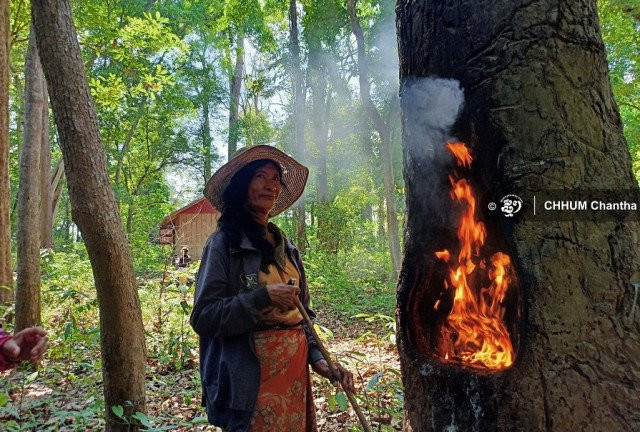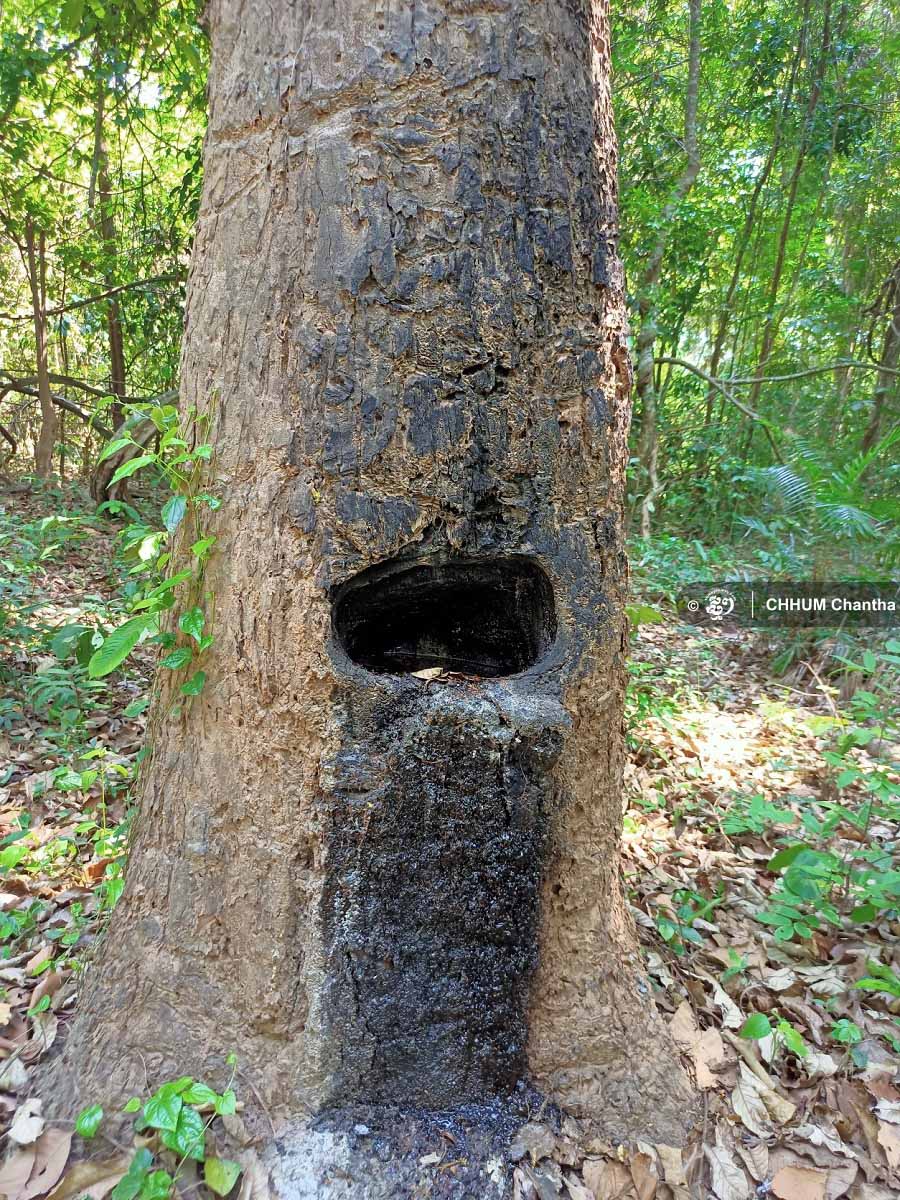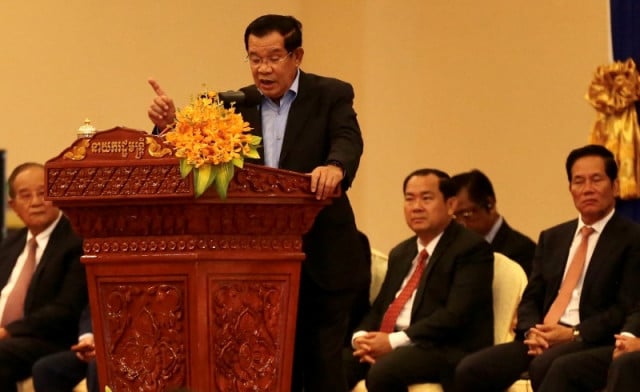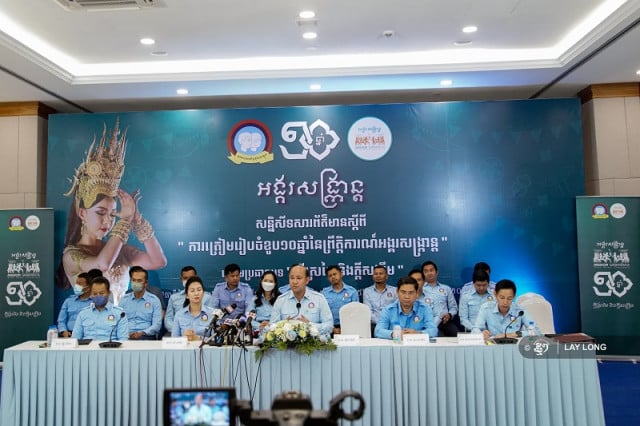The Koh Han Community Stops the Resin Tree-Burning Practice to Protect the Forest

- By Chhum Chantha
- May 8, 2022 3:46 PM
The community wishes to remain an ecotourism destination and also preserve the trees for the future generations
STUNG TRENG–People of the Koh Han Ecotourism Community have given up on their traditional way of extracting rubber resin by burning a hole in a tree because of the negative effect this has on rubber trees.
Burning a section of a tree to collect resin was a technique used by the people who live in what is now an ecotourism community in Koh Sneng Village in Stung Treng Province. The village is part of the Koh Sneng Commune in the province’s Borey O’Svay Senchey District.
Despite the fact that this is an ancestral technique, recent research has shown that this damages the trees. And over the last two years, the local authorities and the leaders of the Koh Han Ecotourism Community have ordered people to stop using it and encouraged them to join forces to preserve the forest.
Bun Samphan, president of the Samros Koh Han Ecotourism Community, said that for many years, the people of Koh Sneng Village had used this burning technique to extract resin from teal trees in protected forest areas such as the Neak Ta Forest (the forest of the land guardian).
As she explained, this technique has affected large trees and led the community to prevent those who continue using it to enter the forest.
There are not that many big and rare trees left in the community, and the ones left must be protected if the area is to continue being an ecotourism destination, Samphan said.

Since becoming such a destination, people in the community have turned to new ways to do things in daily life so that nature can be protected such as no longer using tree leaves for light and using smach boats (fiber boats) instead of wooden ones, she said.
But beyond wishing to remain an ecotourism destination, Samphan stressed, "[w]e do not allow people to extract resin because we are worried that, when it burns, it will affect the tree as well as our human beings’ health.
Moreover, she added, "[w]e want to keep these big trees healthy for the future generations to see, given that this is a rare resource."
The Koh Han Ecotourism Community was established six years ago and, especially over the last three years, has helped develop natural-resource conservation work for local people, Samphan said. Since then, forest crimes and poaching have declined by more than 60 percent due to the contribution and efforts of local residents and tourists.
Nok Srina is one of the people who used burning to collect resin to earn an income. When the community banned the practice, she had a hard time supporting herself because she had to spend money to buy resin to seal her boat and light a torch.
Srina used to extract about 30 liters of resin from trees per month, she said. At first, she resented the authorities' decision, but now she understands that this is essential not to lose the community forests.
In addition to giving up the burning-resin practice, Srina and other people in the community have turned to supporting and taking action to protect the forest from illegal logging.
"The community is not allowed to enter the forest to collect resin in order to take care of those big trees, so I now participate in protecting them," she said.















